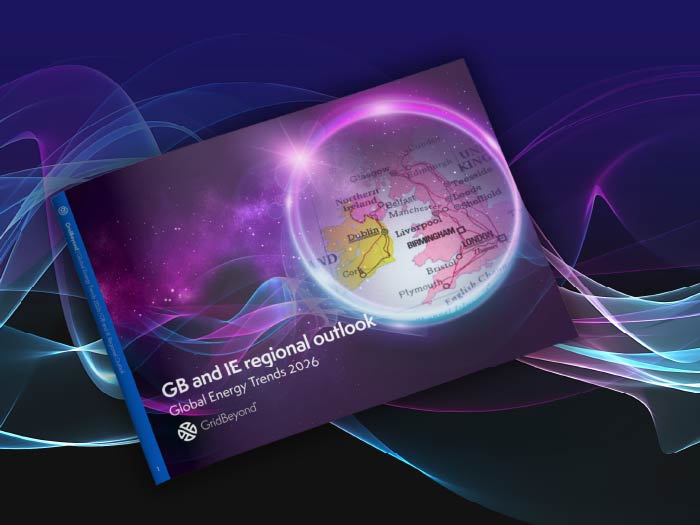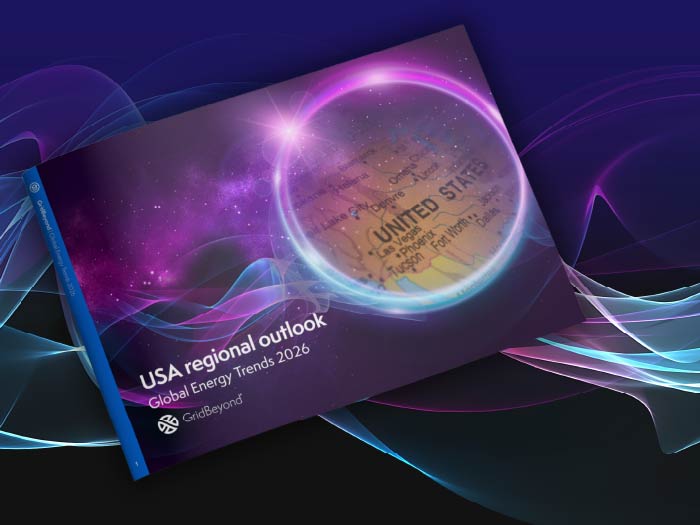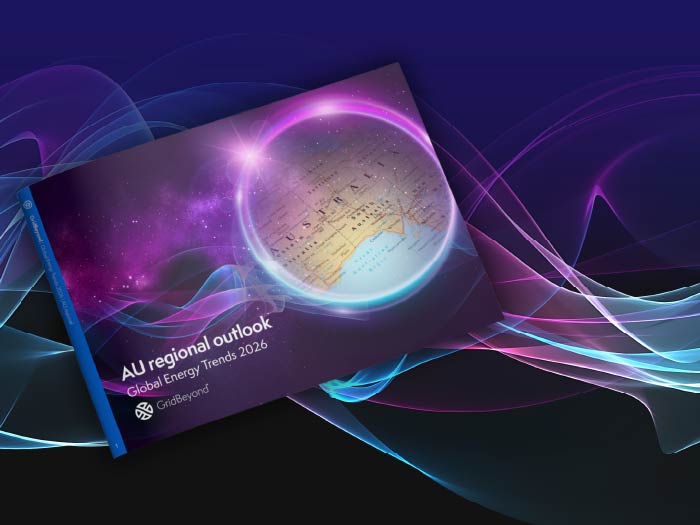Insights
better business decisions
Posted 3 years ago | 3 minute read
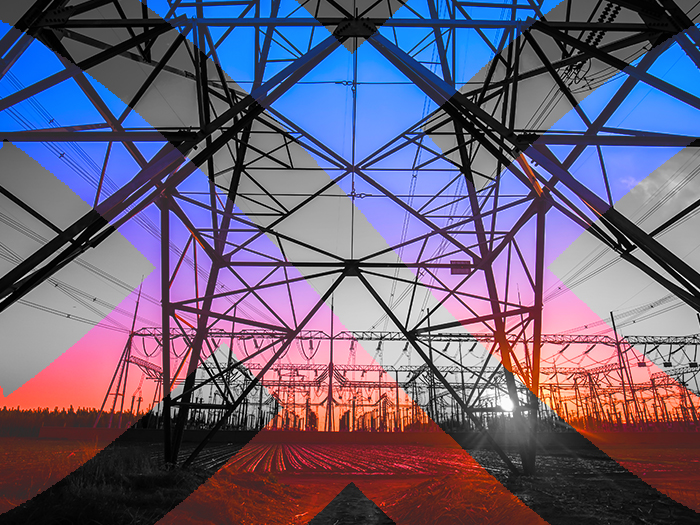
Electricity prices driven by outages and higher generation costs in volatile quarter
Wholesale electricity prices in Australia’s National Electricity Market (NEM) averaged $87/MWh for the first quarter of 2022, up 67% from Q4 2021 and 141% on Q1 2021, driven by increased demand, coal generator outages and higher electricity-generating fuel costs.
According to AEMO’s Quarterly Energy Dynamics (QED) report, published on 29 April, wind and grid-scale solar output increased 743MW from Q1 2021 levels to a new quarterly record of 4,190MW, along with increases in small-scale solar (460MW), gas (271MW) and hydro (42MW). Declines were seen in brown coal (304MW) and also black coal generation (374MW), which hit its lowest Q1 average in two decades.
During Q1 2022, negative and zero spot prices reached a new first-quarter high at 6.6% of all dispatch intervals across NEM regions, although this was seasonally down on the second half of 2021. Southern states continued to see higher incidences at 16.4% for South Australia and 12.5% for Victoria, compared to just 1% across the northern states.
Wholesale Demand Response (WDR) capacity was dispatched as Victorian and South Australian afternoon spot prices spiked to high levels in January. WDR enables large commercial and industrial businesses to participate in the spot market by committing to lower usage, assisting power system security and reliability, including peak demand days and periods of high wholesale electricity prices, and increasing competition with potential flow-on price benefits to consumers. Since implementation of the mechanism in October 2021, 58MW of WDR capacity has registered across New South Wales, Victoria and South Australia, with 38MW of this capacity newly registered in Q1.
The average Balancing Price increased by 14% from Q4 2021 to $61/MWh, while the number of negatively priced intervals was down from Q1 2021 and the WEM saw no intervals with a Balancing Price lower than -$100/MWh.
NEM emissions hit a record first-quarter low at 30.4 million tonnes carbon dioxide equivalent, 4% lower than a year ago despite increased operational demand,
GridBeyond Managing Director Mark Davis said:
“The electricity system is undergoing significant changes and as Australia seeks to transition to a net zero energy sector, increasing levels of volatile renewables will replace decommissioned fossil-fuel based power plants. But this brings challenges in terms of price volatility and reliability of power supplies.
“With the help of GridBeyond, C&I businesses can become a strong support in providing valuable grid services through demand response, to allow the continuous and sustainable growth of renewable energy and support the country towards its net zero targets. Through our powerful, AI driven technology platform GridBeyond provides Energy as a Service and Demand Side Response technology, that opens the door for your business to use its energy strategy to take control of energy risk and reward, cut costs, gain revenues and reduce price and operational risk.”
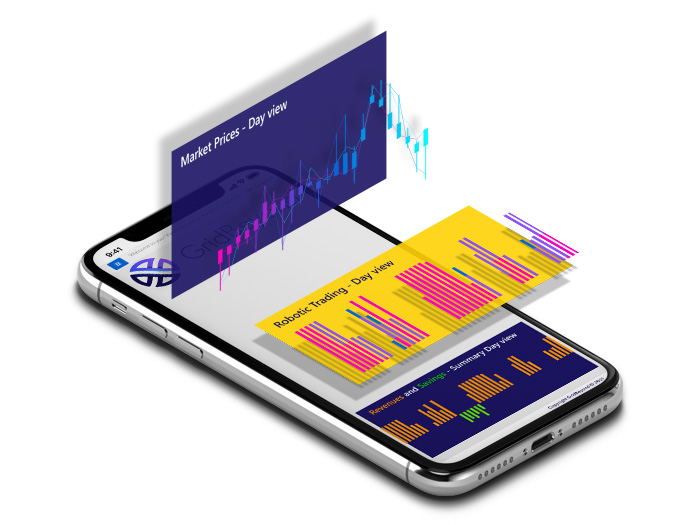
Australia Brochure Ai. Services
Using AI and Robotic Trading combined with the expertise of our trading experts and Data Scientists, GridBeyond’s Point Ai. Services open the door for your business to take your energy strategy from passive purchasing and consumption to active energy management and trading.
Learn more

